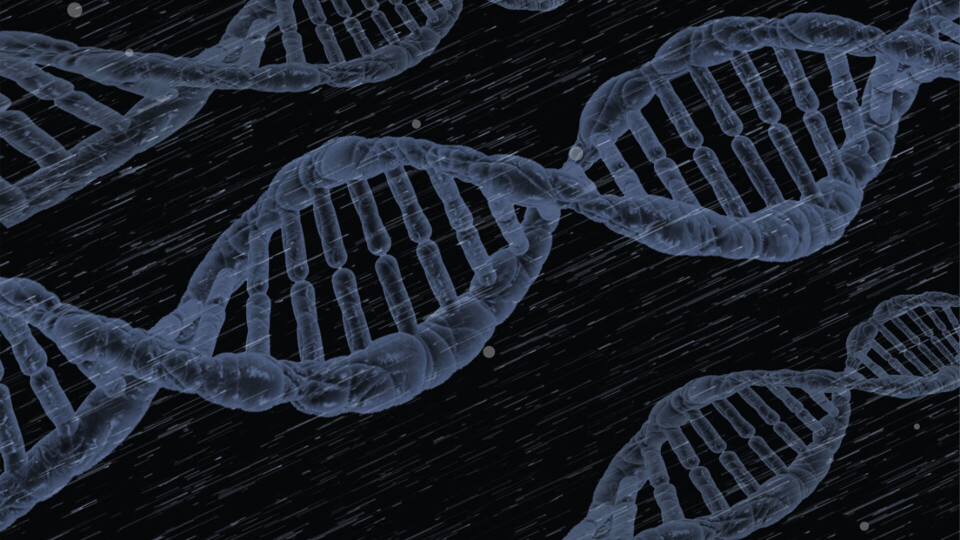
New advances in study of genetic resistance to ISAV
Researchers in Scotland and Norway have discovered a quantitative trait locus (QTL) – a small region of DNA - that would explain about 3% of the variance in resistance to the infectious salmon anaemia virus (ISAV), and that could be prioritised in breeding selection.
Despite the various control and prevention methods available for ISAV it can kill up to 90% of infected fish and is a notifiable disease, which means that entire stocks must be culled upon detection of the virus.
Several studies have shown that host resistance to ISAV has a significant additive genetic component in Atlantic salmon, with heritability estimates ranging from 0.13 to 0.40.
Disease challenge
To investigate this further, scientists from Edinburgh University’s Roslin Institute, Aberdeen University and Benchmark Genetics in Edinburgh and Bergen carried out a genetic study after a large-scale ISAV infection challenge of 2,833 Atlantic salmon parr belonging to 194 families.
With the data obtained, the researchers evaluated the heritability and genetic architecture of the trait, and compared the transcriptomic responses to infection, considering whether this response varied between resistant and susceptible animals.
A significant QTL was identified on chromosome 13 that explained approximately 3% of the genetic variance in resistance to ISAV, while an additional three genomic regions explaining > 2.5% of the genetic variation in resistance to ISAV were detected.
Resistance spread across genes
“In general, the data supported a polygenic basis for the resistance of fish to ISAV, with loci of minor effects distributed in several chromosomes,” said the researchers.
Regarding the estimated average genomic reproduction values for resistance to the virus in the most resistant and most susceptible groups, they were defined as 0.05 and 0.41 respectively, with average family survival rates of 64 and 17% for each group.
With these data, the authors concluded that ISAV resistance “is moderately heritable and shows a polygenic architecture susceptible to genome-assisted selection schemes, although a significant QTL was discovered on chromosome 13 that explains around 3% of the genetic variance and it could be prioritised in selection schemes, after validation in follow-up studies”.
Review the full study entitled “Exploring genetic resistance to infectious salmon anaemia virus in Atlantic salmon by genome-wide association and RNA sequencing”, here.




















































